Why Some Newcomer Students May be Drawn to Gangs
November 27, 2018
Today we are seeing an influx of Central American immigrants enrolling in San Rafael City Schools, including San Rafael High School. This is causing a strong and dangerous divide between the new immigrants and immigrant students who have been here longer.
Two years ago, when I was a sophomore, I remember the frightened looks on the new kids’ faces during brunch. They were a group of immigrants who were new to SRHS. They were at one table, quietly looking around, and no one was interacting with them.
Then, I saw a boy sitting alone, so I asked my best friend to come with me. We sat next to him and asked him how he was doing. Of course he said he was doing well, but we both saw in his troubled smile how hard it was for him to be in a place filled with others who don’t share the same culture, language, or social norms as he does.
This brought me to the realization that even though both he and my best friend are Guatemalans, she was born here, and he was not. This moment showed me how even though we might share the same background, we don’t always share the same community.
As he began to open up a bit more, he asked us where he could find his next class, so we gave him directions. Then as soon as the bell rang, we pointed out the area where our friends sit during lunch and told him that he was always welcome. We also advised him to focus as much as he could on school and avoid any trouble.
After about two months, I noticed he had completely changed. He began to sag his pants, wear gang affiliated snapbacks, and show off blue-colored sneakers. Clearly he had been lured into SRHS’s small community of gangsters.
He was hardly at school during most of his junior year and now two months into senior year, he is nowhere to be seen. It’s a common story that majority of mainly male immigrants share. They go through indescribable journeys for a better life only to feel discouraged; they don’t fit into the society where they now live and struggle to succeed academically. They are not finding that better life that they came for and the “American Dream” they expected.
In my History of Latino Americanos in the US course at College of Marin, we study the narratives and statistics of how and why Latinos are systematically forced into hard life situations like these. They are born with and go through trauma that is never addressed or treated, but are still expected to assimilate into a country that oppresses them. This leads to a mental state in which they are discouraged and start to believe the labels that they are given; they are nothing more than aliens, dirty, criminals, etc. This has long affected the Latino community, the current newcomers, my best friend, my mother, me, all of us.
Here at SRHS, administrators have taken action by hiring Adrian Maldonado, who works for a non-profit agency called Side by Side. He was brought in last spring to hold a space for the youth identified by administration as having a high rate of disciplinary issues, low grades, or track records with fights. Here they can discuss positive solutions to complicated problems they might be encountering. Maldonando continues at SR and facilitates a group once a week that focuses on personal wellness, masculine ideals, emotional management, and gang prevention.
Having Maldonado at SRHS is vital to helping these kids. He explained that he “provides support in a language that the Latinos can understand and most importantly can hear [lessons] from someone that is similar to them and shares a similar story.”
When I asked Maldonando why he thinks high schoolers join gangs, he responded, “When you ask me what I think is the reason that they choose to join a gang, I think it’s because they’re trying to fill a void.”
I also interviewed two students that seemed to agree with Adrian. They separately said that students join gangs because they are often looking for protection and a sense of belonging. They turn to gangs in order to feel apart of something and somewhat cared for. Both students interviewed claim they are not actively part of a gang, but have close friends that identify as gang members. Their identities will remain anonymous due to safety, but will be referred to as Student One and Student Two. Student One is a junior and Student Two is a senior.
Student One was nine years old the first time he attempted to cross the southern border. His uncle guided him and his sister, also a former SRHS student, to immigrate to the US for a better life. Back in El Salvador he was already part of a gang. He was forced into it, but according to him, he “either did it or something was going to happen.”
They crossed the border between El Salvador and Guatemala by hiding in the bottom compartment of a bus. In Guatemala they traveled on foot quickly through lakes and rainforests. When they finally crossed into Mexico, they were stopped by the Mexican federal police, the student was asked who had brought them this far. Because he didn’t want to give his uncle up, he stayed silent. The nine year old was hit with a long metal flashlight and thrown into a Mexican jail. Shortly after that they were all sent back to El Salvador.
On their second and final attempt to cross the border, they made it into the US, but this time the story was even more heartbreaking. They made it through Mexico and crossed the Rio Bravo into Texas. They then stayed in a house for two weeks waiting for a safe time to cross the desert. Three hours into their journey through the scorching desert they were spotted by border patrol.
They all began to run in different directions and he accidentally separated from his sister. As Student One ran, he saw one of the men he met on the journey. Knowing the man’s heartbreaking story moved Student One to risk capture, by distracting Border Patrol so the man could cross and look for his daughter.
After a long time of being chased, he dove into a bush only to come across a decomposed body. By then, the now 10 year old gave up and simply asked the border patrol police to take him and reunite him with his sister.
Since both he and his sister were captured and eventually reunited, they were sent to a foster home in San Diego. They stayed there for three months until his mother, who was already here in Marin County, found a place to live and could send for them.
He then immediately was enrolled into San Pedro Elementary School. “I didn’t know no English, and I would just get frustrated and mad. So they would just send me to the office,” he said remembering the moment with bitterness.
This was his situation all the way into high school. He was stuck in a system where he was made fun of by his peers and categorized as inferior by his community. This student was never given the proper education, emotional support, or attention he needed in order to rebuild after such a traumatic journey.
He no longer comes to school because he feels like it’s pointless. He is an example of a kid who believes what society has labeled him to be. He doesn’t believe he is worthy of an education or having success, so he gave up.
The only place he feels somewhat loved and protected is with his gang member buddies. They ditch together, smoke weed together, and suffer together. His mother moved to Vallejo due to rent increases in the Canal. He was shot at by some locals in Vallejo, so he came back to Marin where he had no permanent place to live.
After a while of not hearing from Student One, I learned he was sent to juvie for stealing a pair of shoes. At the time he was homeless.
Many argue that kids like these don’t deserve sympathy because they are “criminals” and engage in illegal activity. This seems to be a reoccurring problem for many of the newcomers in our school system, much like the boy we tried to befriend at the lunch table.
Maldonado sees this problem in a number of young people he works with. “Many of the youth here at SRHS romanticize the idea of being part of a gang and want the status of being part of a gang, but I think many of them don’t participate in actual gang activity outside of school.”
Maldonado talks about how many of these gang affiliated kids are not actually participating in criminal activity. When someone who doesn’t understand the stories and lives of these kids, they think they go out into the world dealing drugs, killing, and raping people because that is what a gang member is defined as.
The other student I interviewed, Student Two, I have known since middle school. A US Citizen, he comes from a humble family, and is a kind individual. Even though Student One and Student Two were born in different places, they both feel unwanted at SRHS and in the US as a whole. Student Two also had the same opinions as to why kids join gangs. He also believes that it is wrong for these kids to be labeled as criminals because many of them are just looking for an identity in a place where they feel lost and alone.
What these kids really need is the proper support and resources here at SRHS so that they can fulfill their American Dream. They don’t come here to create trouble, they come here to learn, work, and escape extreme violence and poverty. If on their first day of school they get unwelcoming stares, school work that is in a foreign language to them, and aren’t even provided a proper tour of where their classes are, how are they supposed to feel comfortable?
If the only people approaching them and being kind to them are gang members, they are clearly going to befriend them instead of being alone. They will choose someone that will support them both in and out of school, they will choose those who make them feel worthy and wanted. Wouldn’t you?

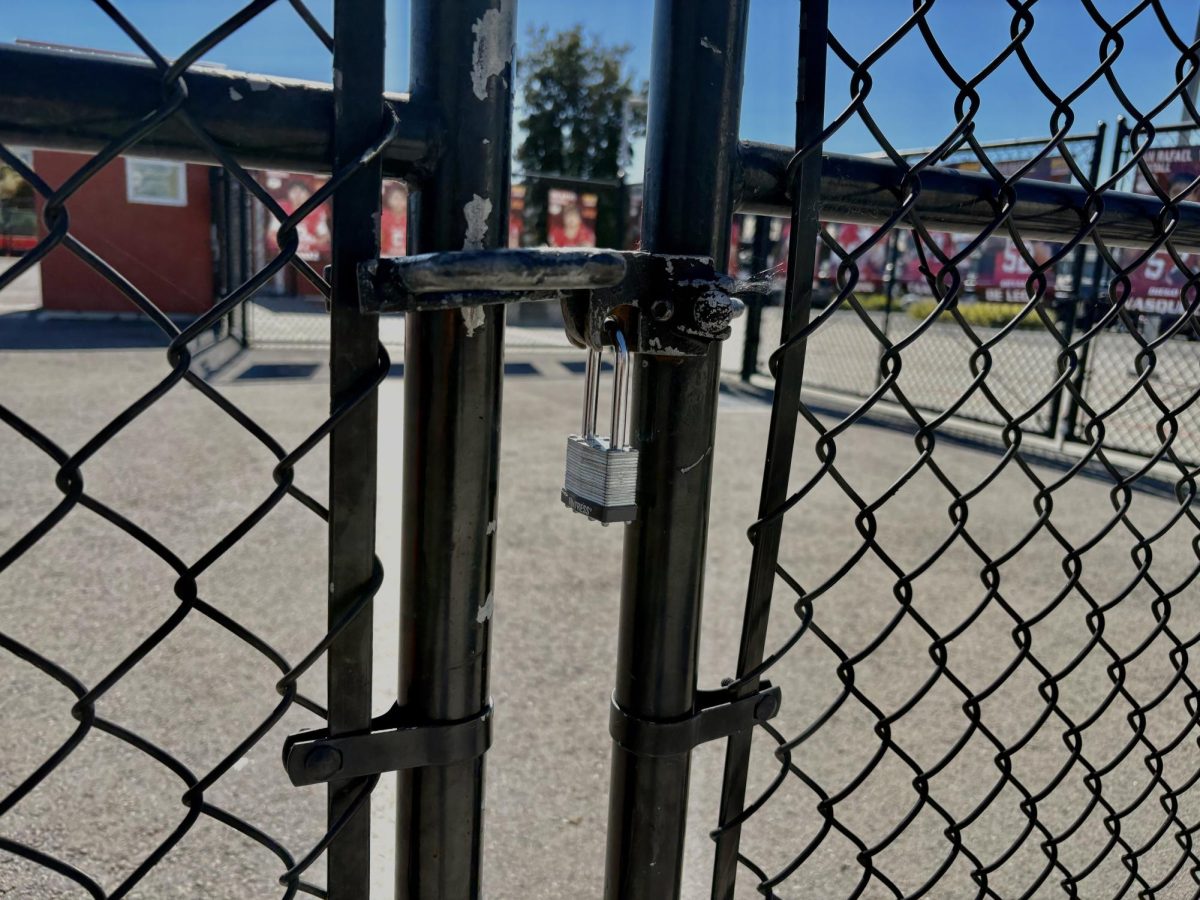
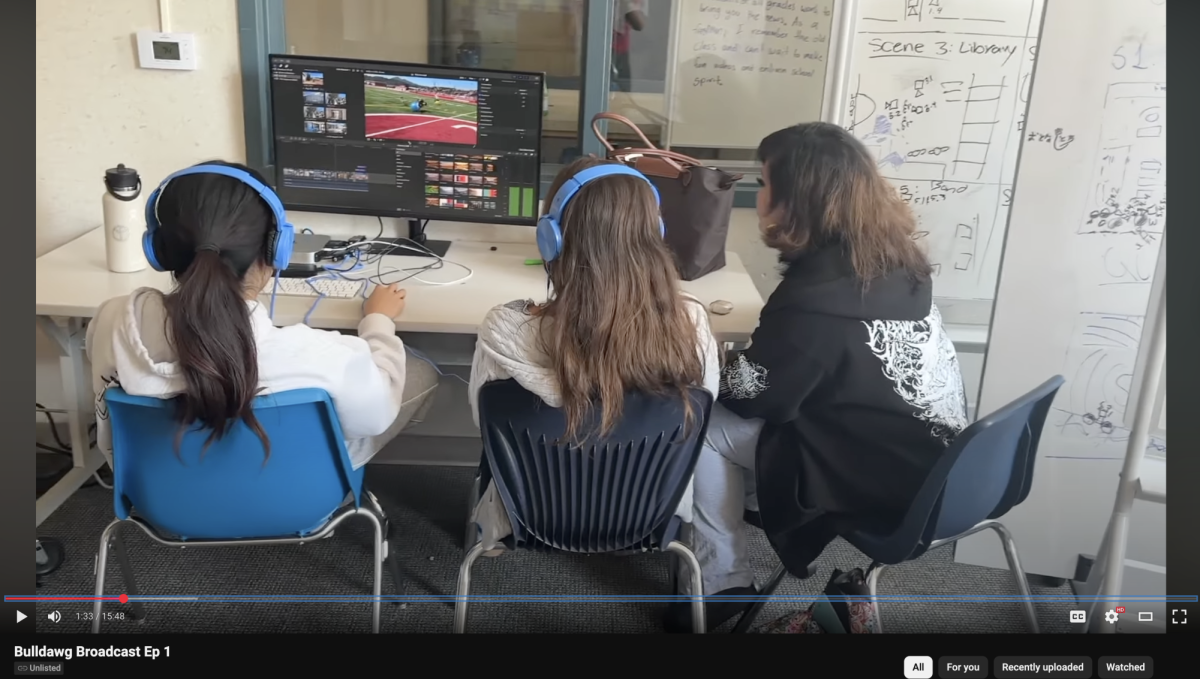
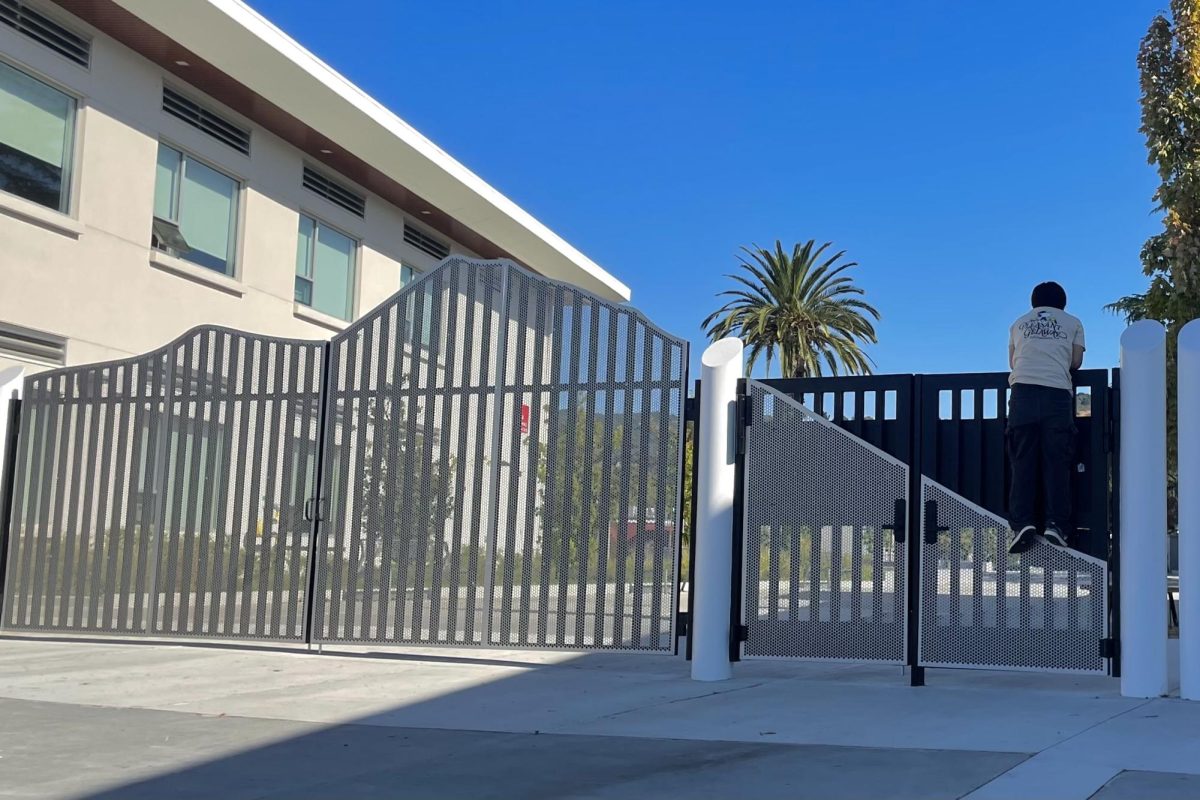
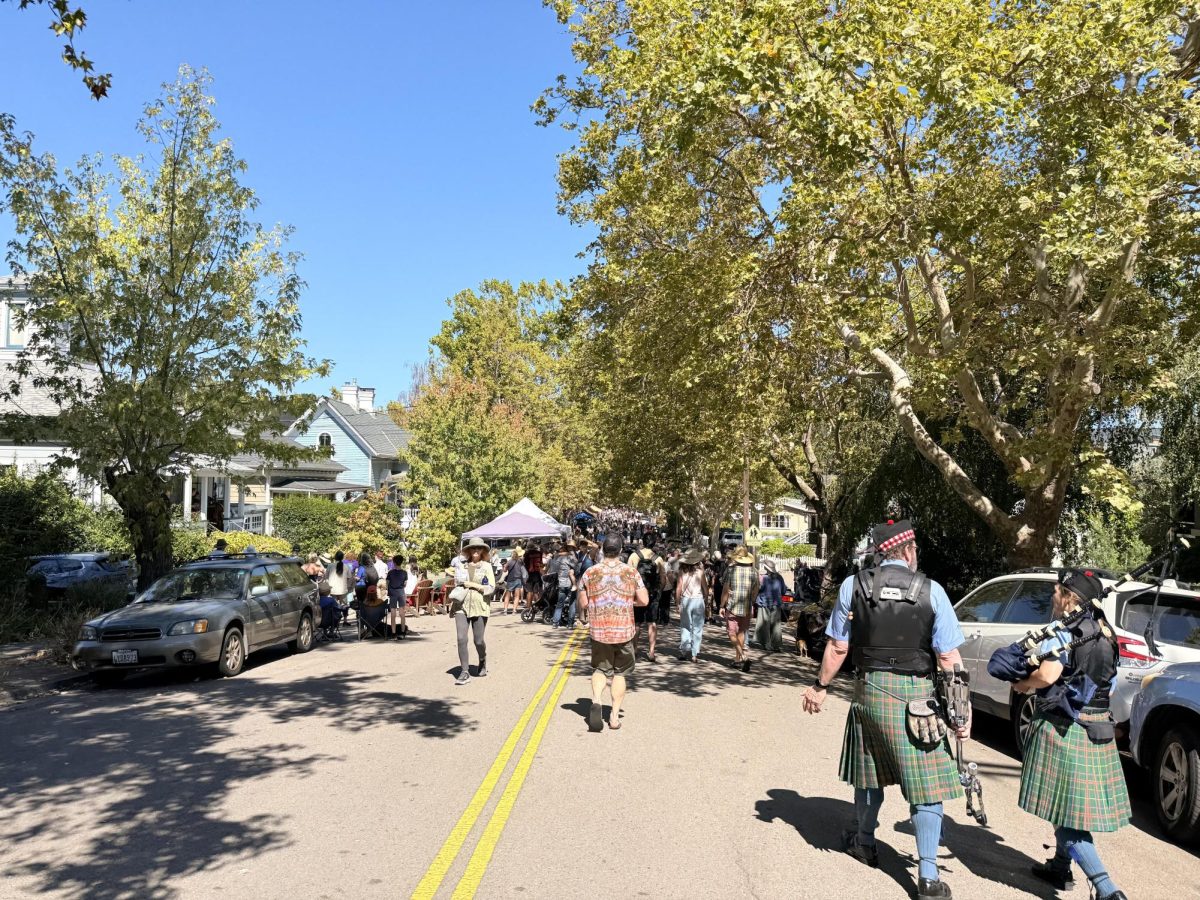
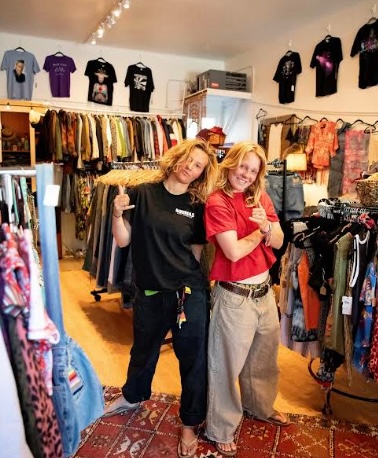













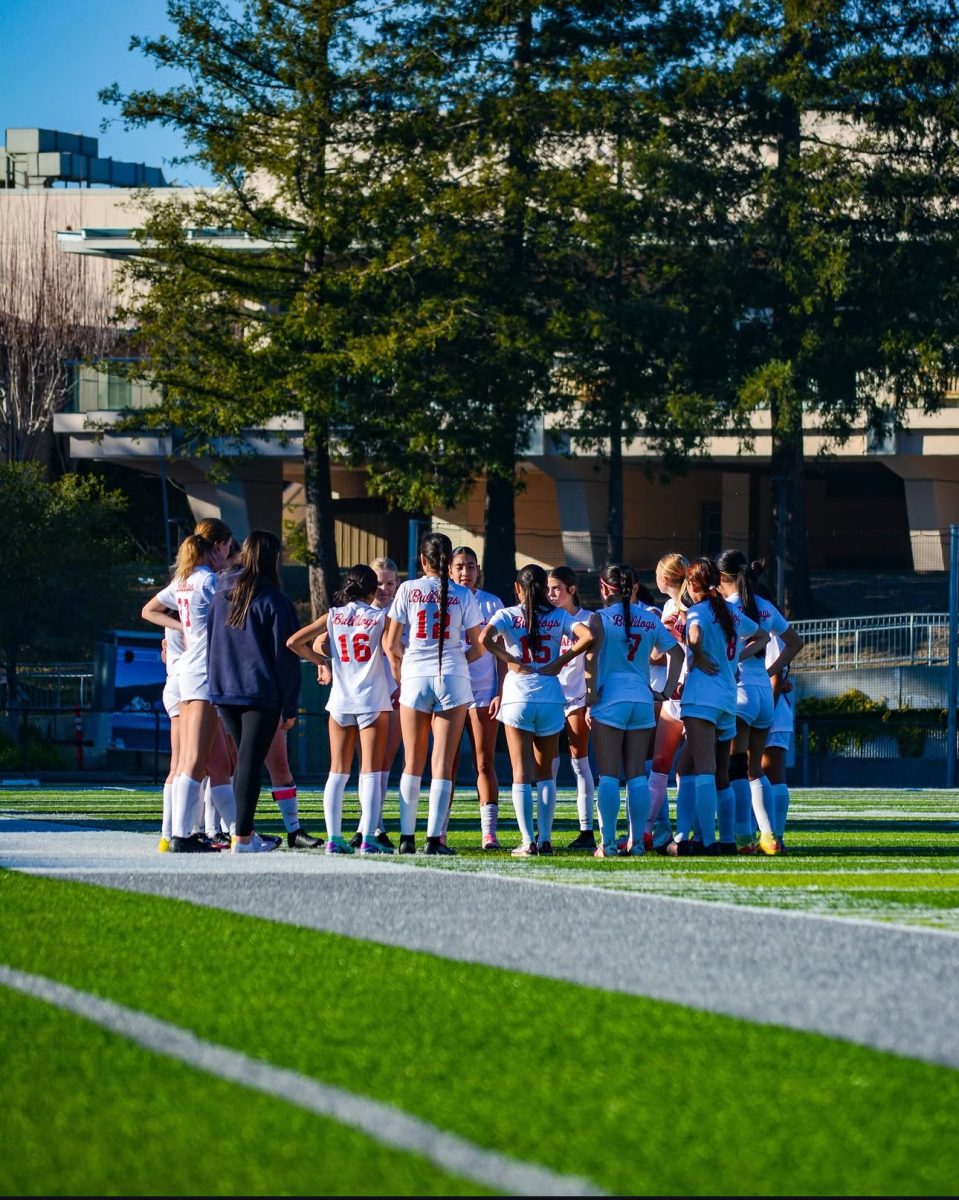
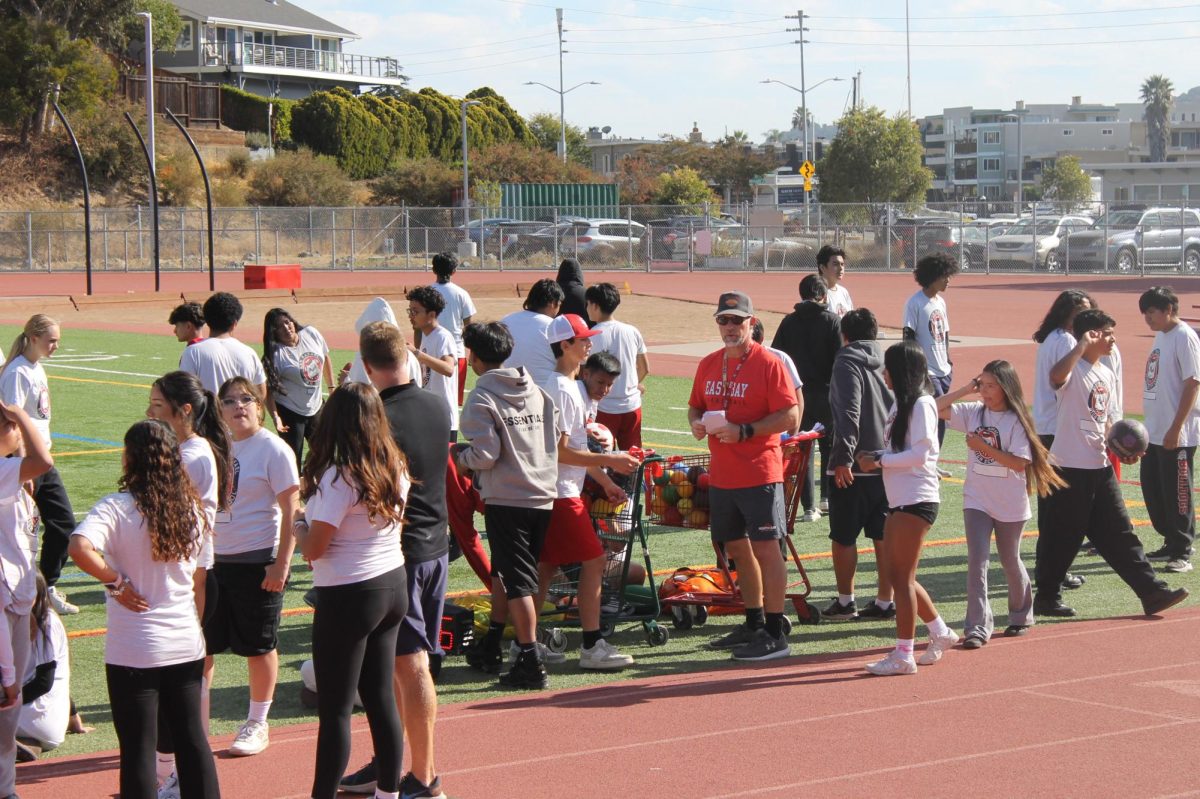

















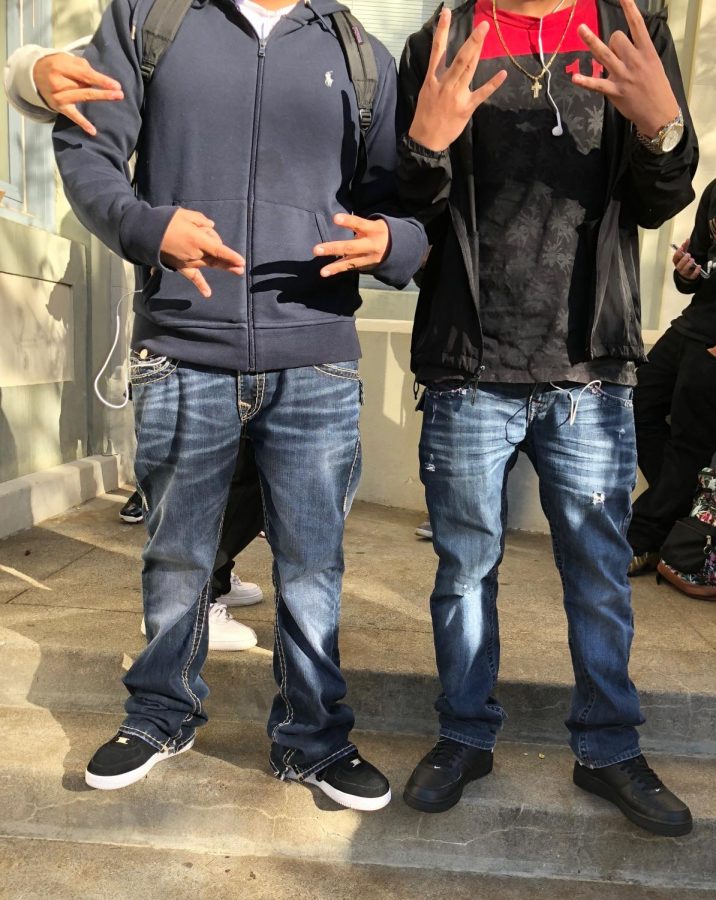
Brooke Hansen • Dec 18, 2018 at 10:01 pm
It is SO important to hear stories like this. Thank you for your in-depth reporting. I love the personal, compassionate perspective. I plan to share this article with friends and family.
Diana Bokaie • Dec 11, 2018 at 9:10 pm
This is a fantastic article.
Well done!